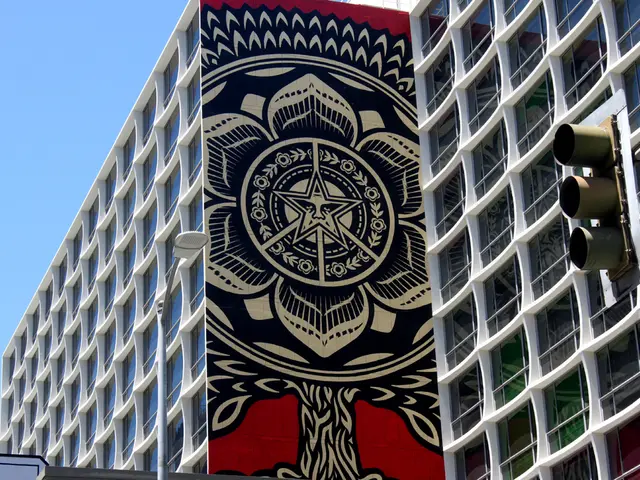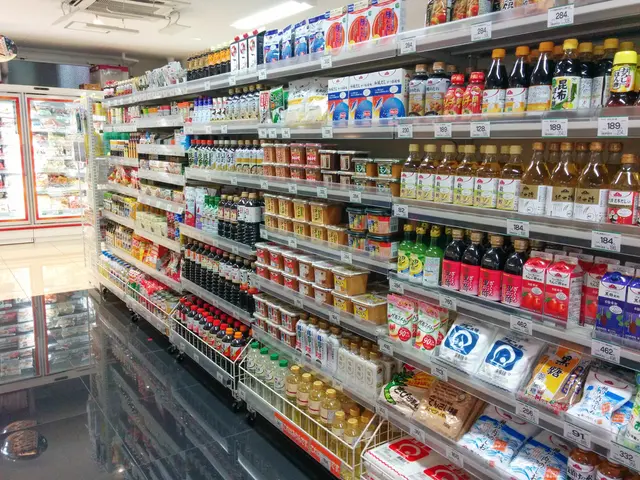Revitalizing Influencer Interaction amidst Influencer Exhaustion
In the ever-evolving world of marketing, brands are increasingly recognising the importance of investing in meaningful collaborations with influencers for long-term success. However, an inauthentic partnership could easily lead to distrust and backlash, posing a threat to your brand reputation.
Recent studies have shown that consumers are becoming increasingly sceptical of influencers, with 87% believing that they do not use the products they promote, according to Wakefield Research. This scepticism is causing reduced trust, leading to declining ROI and engagement rates.
To combat this, marketers are shifting their focus towards nano-influencers, who boast higher engagements and more authenticity. These individuals empower real conversations and engagement within a close-knit community, allowing for niche targeting. In fact, 44% of marketers were planning to use nano-influencers, according to the 2024 Influencer Marketing Benchmark Report.
One such example is Bare Home, a company that started their influencer marketing journey by fostering meaningful connections with nano and micro-influencers. Within a year, Bare Home generated 450+ influencer posts, which garnered 1.8 million impressions and over 300k interactions.
However, it's not just about working with nano-influencers. Marketers need to go beyond Instagram and explore new channels like Twitch, Substack, and BeReal to beat influencer fatigue. Consumers are tired of being bombarded by promotional content, resulting in decision fatigue and burnout. Influencer content is everywhere, leading to an oversaturation that causes audiences to become disengaged.
To maintain authenticity and trust, companies are implementing video-first strategies while fostering direct, transparent engagement with audiences. This trend, highlighted for 2025, includes selective influencer collaborations and authentic storytelling on platforms like Instagram.
Greater emphasis on transparency and ethical practices is also a growing trend among marketers. This shift towards transparency aims to earn consumer trust and is reflected in the increased use of AI-driven tools for influencer discovery and campaign personalization. With 63% of marketers planning to use these tools in their campaigns, the future of influencer marketing seems to be heading towards a more personalised and ethical approach.
Lastly, it's crucial to balance influencer campaigns with other digital marketing strategies for a more sustainable and wholesome approach. Prioritising community engagement over broad reach is important, with micro- and nano-influencers leading genuine conversations with a niche audience. Ignoring influencer fatigue leaves marketers unable to adapt their strategies according to the changing landscape, making it essential to stay adaptable in this dynamic field.






